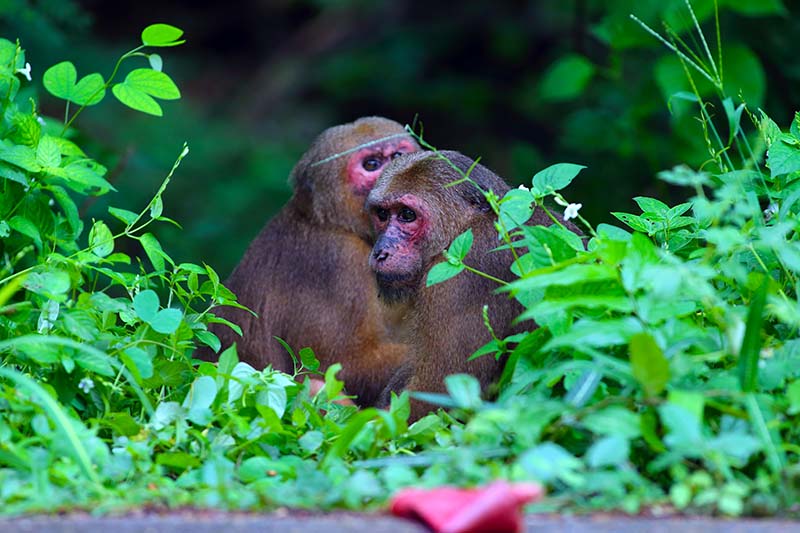Pop quiz! What can be found on every continent except Antarctica, fits in the palm of your hand, comes in 4,740 different models, amazingly eye-popping colors, and drinks and breathes through its skin? Hint: it’s not the iPhone 30X. It’s a humble hopper–the frog. Last fall, a particularly tiny, bright green member of the frog family, the Pickersgill’s reed frog, made a big splash in biodiversity conservation when two hundred of the endangered amphibians were returned to the only place they call home, a 56-square-mile patch of habitat in coastal South Africa. So, why the tiny frog fuss? This particular army of frogs was raised in captivity by scientists working to rapidly breed species on the brink of extinction, one of many global teams rushing to conserve threatened wildlife.
While they may not take up much space in our minds or on the planet, frogs are important because they are a keystone species, a critical link in the chain of organisms that support functioning ecosystems, benefiting both humans and other animals. Sticky-tongued frogs are natural bug zappers, eating a variety of insects including the disease-carrying mosquito. They are also a food source for larger species including fish, birds, and monkeys. Pre-frogs, otherwise known as tadpoles, do their bit to help to keep waterways clean by eating algae. And because frogs are super-sensitive to environmental stressors, a typically frog-friendly habitat that becomes frog-free can alert us to changes in climate, air and water quality. Conserving the creature components of global ecosystems, even the tiny, green ones, keeps interdependent living parts of the natural world healthy and that’s a wonderful thing. If you’d like to support the preservation of forest and wetland habitats for our amphibian friends, hop on over to WWF.





































































